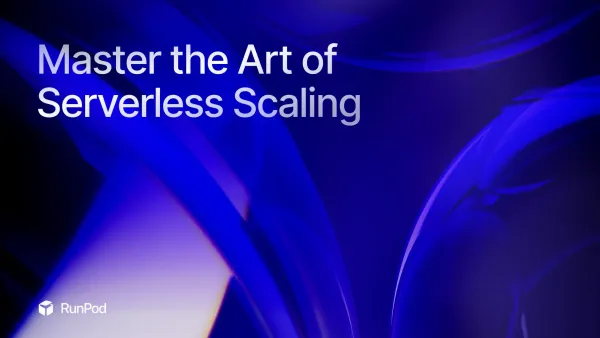Today, we're announcing the integration between Runpod and dstack, an open-source orchestration engine, that aims to simplify the development, training, and deployment of AI models while leveraging the open-source ecosystem.
What is dstack?
While dstack shares a number of similarities with Kubernetes, it is more lightweight and focuses
